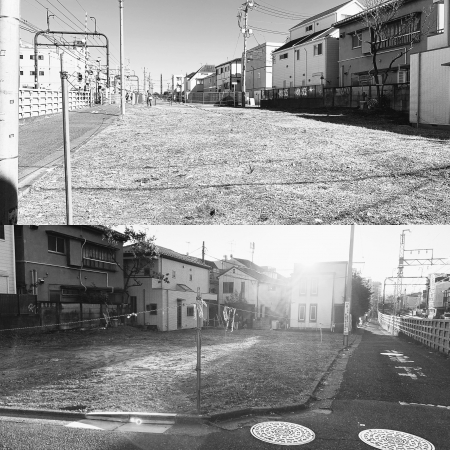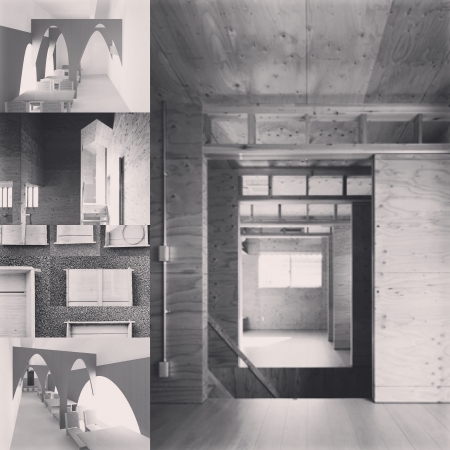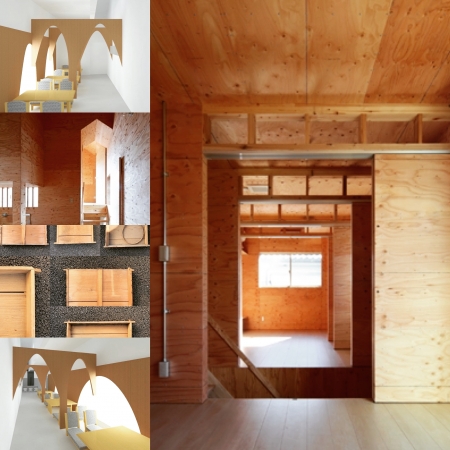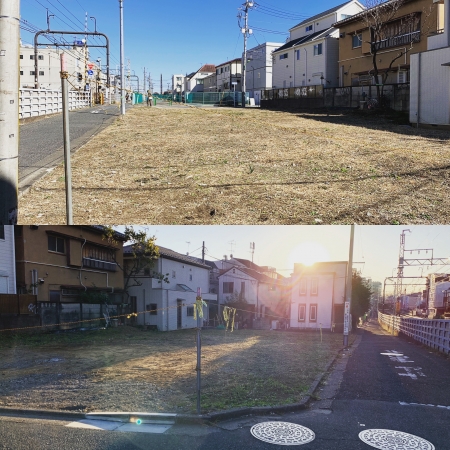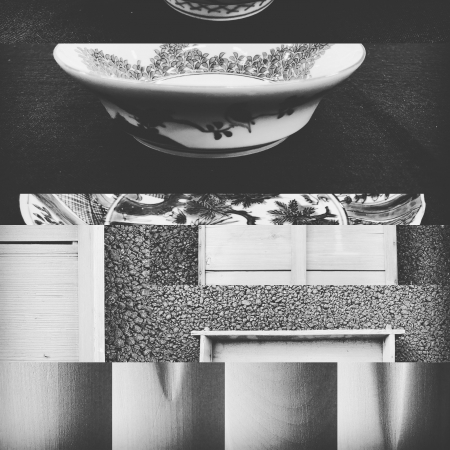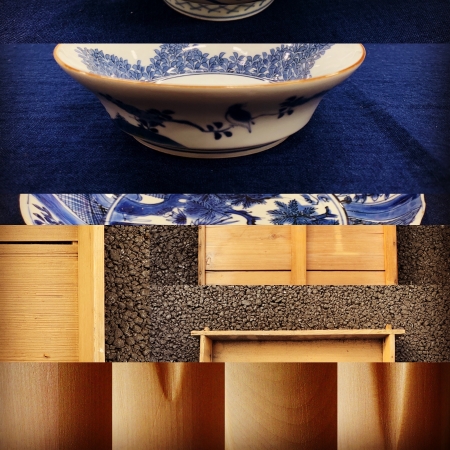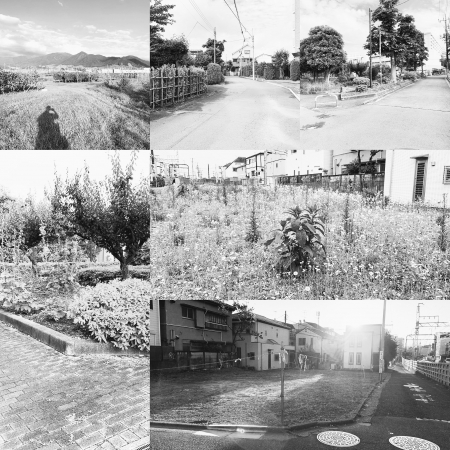隠蔽を解く
今まで見えなかったものが見えるようになるということはどういうことか、機能的に考えてみる。見えなかったものが見えるようになって機能的に何か変わるだろうか、変わるとしたらどのような場合か。
今まで見えなかったものとは隠蔽されていたものであり、その隠蔽が解かれる場合は、覆っていたものが不必要になったか、表現として見せるかであり、覆っていたものが必要になった場合は隠蔽されていたものに新たな機能が付加されたことになる。
その機能にはデザイン的な必要性、すなわち隠蔽されていたものに新たな価値を見出した場合も含む。隠蔽されていたものを見せるという仮定になって考えると新たな価値に気づくかもしれない。
"Uncovering"
Think functionally about what it means to be able to see what you couldn't see before. Will something that I couldn't see become visible and something functionally change, and if so, when?
What was not visible until now is something that was concealed, and when the concealment is broken, it is either unnecessary or expressed as an expression, and what was covered is necessary. In that case, a new function has been added to what was hidden.
Its function includes design needs, that is, finding new value in what was hidden. You may find new value when you think about it on the assumption that you will show what was hidden.

